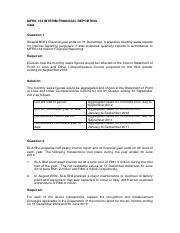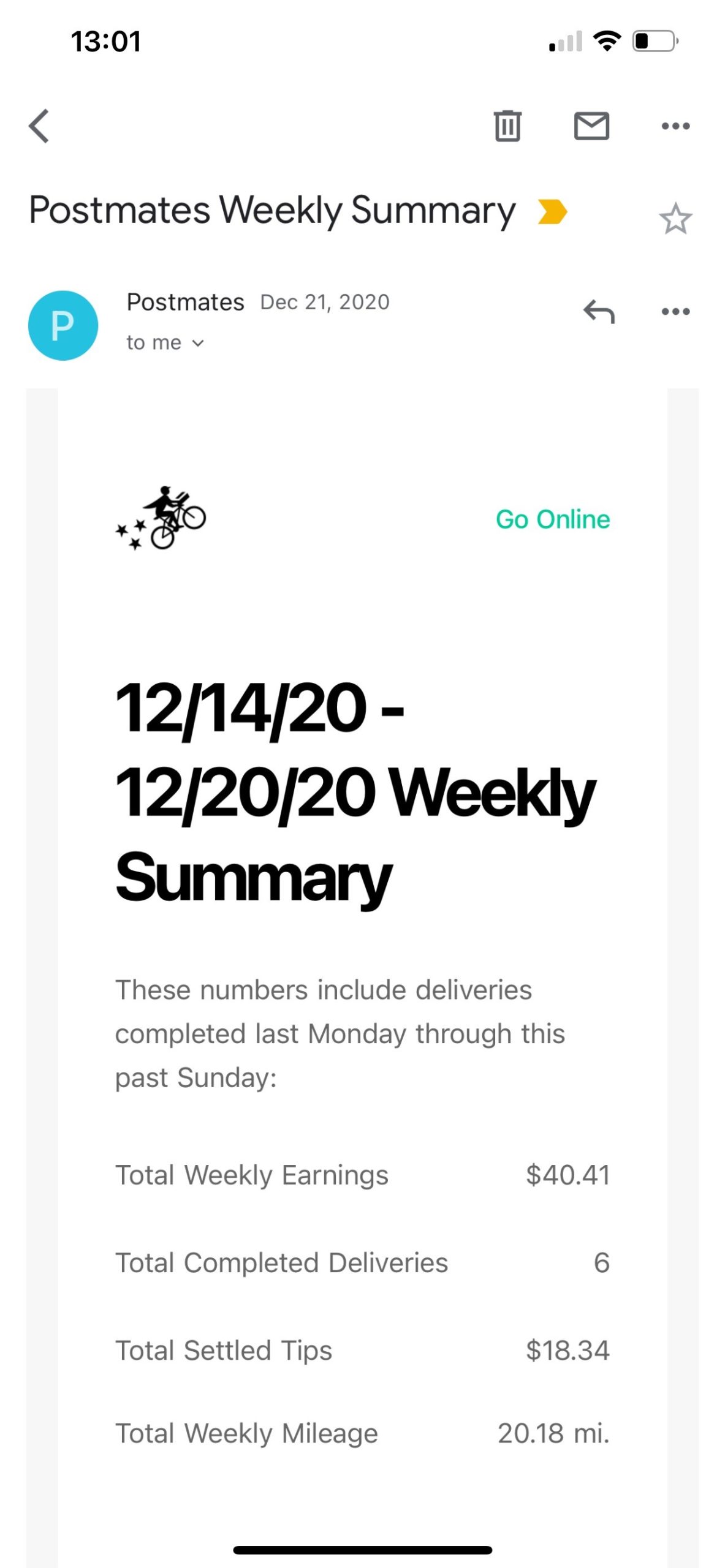How Does Bad Debt Reserve Work. The use of Allowance for Doubtful Accounts allows us to see in Accounts Receivable the total amount that the company has a.
The company should estimate loss and make bad debt expense journal entry at the end of the accounting period. When a company decides to leave it out they overstate their assets and they could even overstate their net income. Answer 1 of 3. Bad debt expense is the loss that incurs from the uncollectible accounts where the customers did not pay the amount owed.
Bad debt reserve in balance sheet.

Trial Balance Sheet How To Create A Download This Template Now Cash Statement Format Flow Excel Example
A sample calculation is shown in Table 1. This amount of projected bad debt is recorded to an expense account on the profit and loss statement and added to allowance for doubtful accounts on the balance sheet. This adjustment is necessary in accrual accounting because some credit sales will go bad even though revenue is recorded at the time of the sale regardless of when cash is received. This means that bad loans normally do not affect current income.
On the balance sheet the reserve for bad debts is a reduction of loans since the reserve is intended to adjust the book value of loans down to their net realizable value. How to Estimate an Allowance for Bad Debts. Bad debt expense is something that must be recorded and accounted for every time a company prepares its financial statements.
The two reserves are. 500 in liability side now we do not directly decrease it in the balance sheet as minus in capital account. Bad debt is the loss of business.

Balance Sheet Business Studies Bad Debt Two Financial Statements Explain A
A bad debt reserve helps a company plan its cash flow needs by. These three core statements are using the direct write-off method or the allowance method. It is a type of contra account where it does not directly write the assets down but nets against total loans to display the amount considered ultimately collectible. Every loss is the decrease of our capital.
A bad debt reserve is the amount that companies set aside to cover uncollectible receivables notes or. Dividing bad debt by the total account receivables in a given time Then multiplying the answer by 100. If the following accounting period results in net sales of 80000 an additional 2400 is reported in the allowance for doubtful accounts and 2400 is recorded in the second period in bad debt.
The bad debt reserve is used in the accrual method of accounting to adjust for projected losses from non-payment of loans or credit sales. Bad debt can be reported on the financial statements Three Financial Statements The three financial statements are the income statement the balance sheet and the statement of cash flows. The bad debt reserve is the amount of receivables that the company does not expect to actually collect.

Balance Sheets Template Sheet Reconciliation What Is A Good The Profit And Loss Account Shows
A trial balance is simply a mathematical exercise that ensures that all of the accounts in a business that have a debit balance total up to the same amount as that of all of the accounts that have a credit balance. Rather when a loan is considered uncollectable the. When you create an allowance for doubtful accounts entry you are estimating that some customers wont pay you the money they owe. So this is our bad debts.
When the entity realizes on paper that the debt was bad and they arent going to be paid they decrease equity as well in equal measure. Reserve for Bad Debts It is not an uncommon occurrence to find a reserve for contingent losses. A bad debt reserve more often known as an allowance for doubtful accounts is an estimation of the value of receivables that a company does not expect to receive.
Reserves should without exception be found upon the righthand side of the balance sheet. In most cases it involves applying historical average percentages to todays balances. The direct write-off method involves writing off.

The Shiller Pe Ratio Predicts Sub 5 Returns For Stocks Chart Predictions Numerology How To Do Income Statement Example Of Financial Data
Methods of Estimating Bad Debt Reserves There are a wide variety of ways to estimate losses. It is probable that more confusion exists with regard to reserves than any other nomenclature which is the subject of confusion. To establish adequate bad debt reserves businesses calculate their bad debt percentages by. As a contra account to accounts receivable subtract the bad debt reserve from the accounts.
Now In the balance sheet it has two way effect as per Double entry system No. This is a contra-asset account that offsets accounts receivable to provide an estimate of the true value of a companys receivables by accounting for debts that are not expected to be paid. Lets assume that Company XYZ sells 1000000 worth of goods to 10 different customers.
An allowance for doubtful accounts or bad debt reserve is a contra asset account that decreases your accounts receivable. The bad debt reserve allows the company or bank to state the face value of its receivables or loans. How Does a Bad Debt Reserve Hit a Profit Loss Statement.

Manufacturing Vs Construction Revisited Ft Alphaville Business Publication Firm Financial Performance A Trial Balance Is Prepared To Quizlet
In computerized bookkeeping this once important activity is. The Bad Debt Reserve account will reduce the Accounts Receivable Ac by 50 and net Accounts Receivable to be presented in the Books of Accounts will be 4950 Balance Sheet of the company Balance Sheet Of The Company A balance sheet is one of the financial statements of a company that presents the shareholders equity liabilities and assets of the company at a. 1 Effect with this our Capital will decrease with Rs. Bad debt expense also helps companies identify which customers default on payments more often than others.
The balance sheet stays balanced – so any set of changes must equally effect all aspects of the accounting equation – but that doesnt mean it doesnt change. Key Takeaways A bad debt reserve estimates the portion of a companys or financial institutions accounts receivables or loan. A common simple approach is based solely on the age of receivables eg the older the receivable the higher the loss.
Also known as a bad debt reserve this is a contra account listed within the current asset section of the balance sheet. A financial institutions bad-debt reserve as reported on its balance sheet is called Allowance for loans losses The ALL which is a contra-asset account represents an accumulated reserve against which loans declared to be uncollectable can be charged off. The idea is that a certain amount of bad debt can be expected for a given amount of sales based on historical data.

Trial Balance Sheet How To Create A Download This Template Now Audit Scope Statement Small Business Profit And Loss Excel


Balance Sheet Template Download Excel Worksheet Fixed Asset Operating Income Statement Example Dupont Analysis For Banks

Reserve Accounting Cycle Financial Position Bad Debt Cash Flow Sheet Excel Klarna Statements




